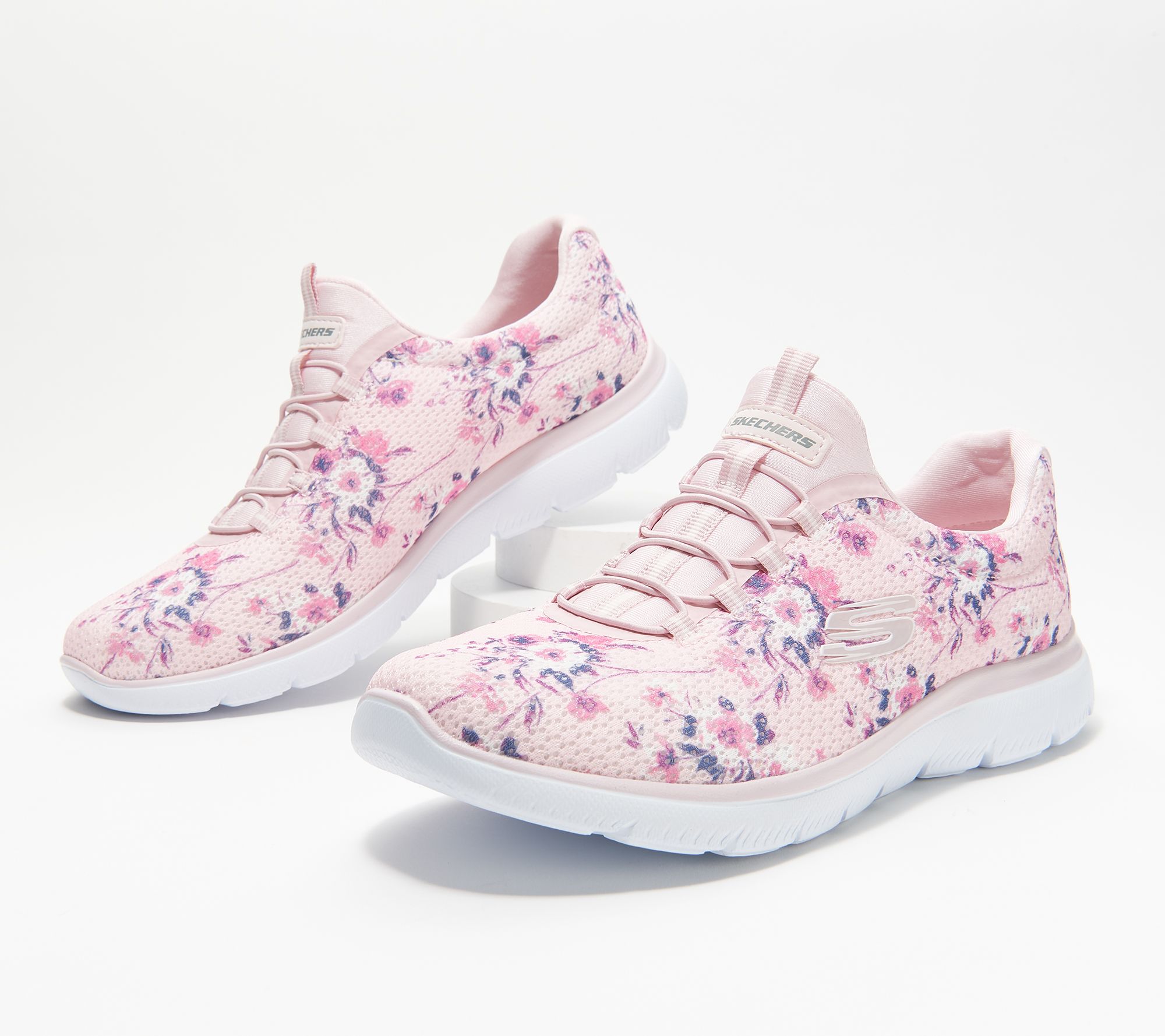First Classic Waterproof Rain Boot – HUNTER
Comfort and quality define an iconic water-tight boot featuring a grippy mini-lug sole and a subtle tonal design encircling the top.
Comfort and quality define an iconic water-tight boot featuring a grippy mini-lug sole and a subtle tonal design encircling the top.
- Pull-on style
- Removable insole
- Hunter boot socks are sold separately
- In hot or humid weather, natural latex rubber releases a protective wax film; simply wipe it off with a damp cloth
- Rubber upper/textile lining/rubber sole
- Imported
- Kids’ Shoes
- Item #851521
Additional information
| Size Info. | If between sizes, order next size up. |
|---|


)



by Girlie
Love hunter for me and my kiddos. It’s the best quality and style! Size 9 perfect for my handsome guy!
by Danielle
I love this color! My little boys favorite color is blue so when I saw these I knew we had to get them. Hunter boots are forever our favorite boot due to how easy they are to get on and off for my toddler.
by Swany
LOVE we use them all the time, and we live in FL. Great for early morning outdoor play it wet grass or just outdoors in general.
by Reign
My daughter loves it, true to size. Color is perfect.
by Allison
Our new boots are perfect for all seasons! We love them!